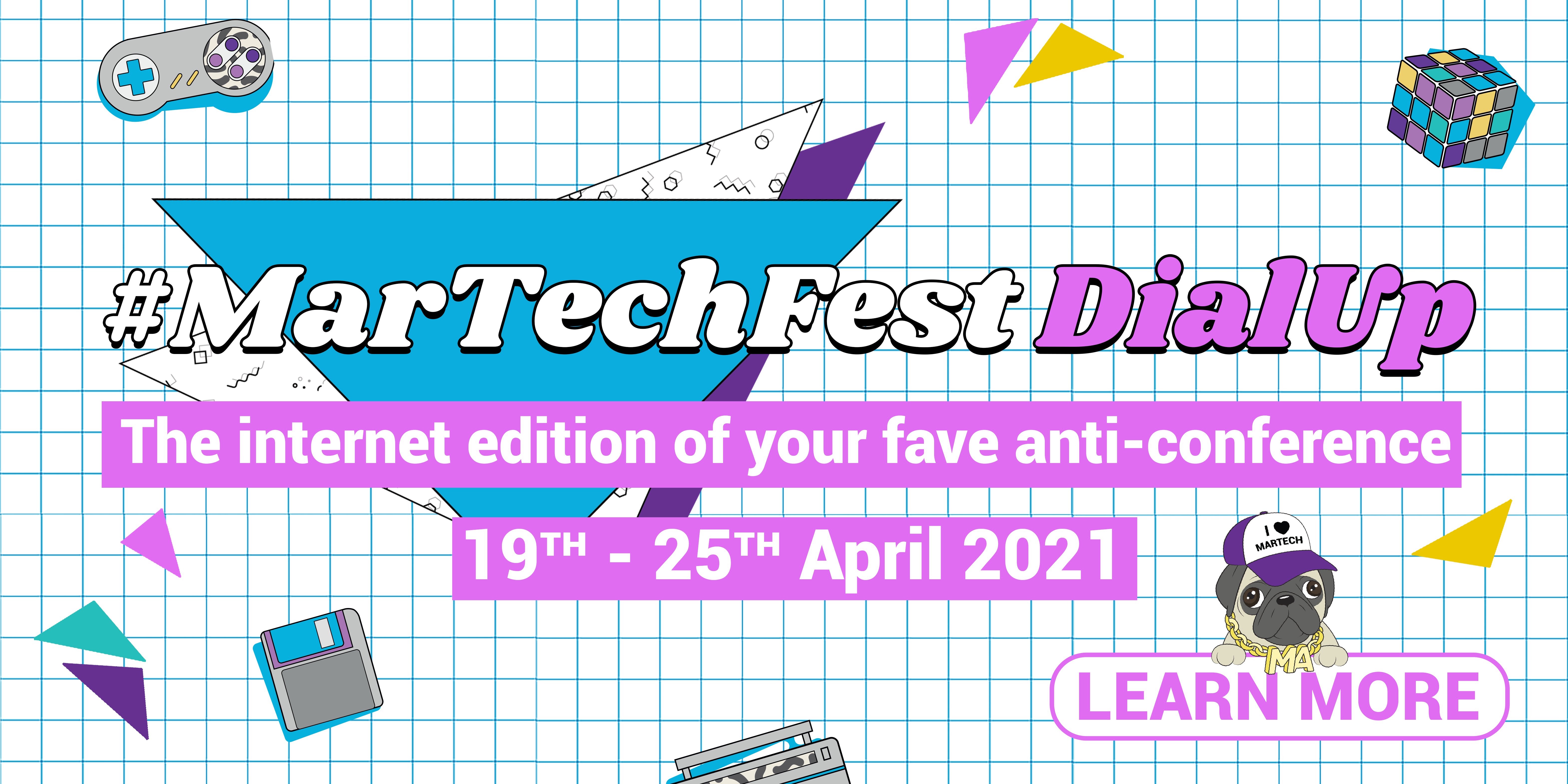Partner Content

What’s the goal of digital transformation? You could say it’s to automate your supply chain, increase efficiency, or reduce customer wait time. But those are not end goals—they’re just stepping-stones along the way. The most successfully transformed businesses use their technology to enable a better customer experience (CX).
According to research we conducted with Forbes Insights, 83% of executives face moderate to severe revenue and market-share risks because of unimproved customer experience. What’s more, 74% of consumers are either somewhat or very likely to buy from a company based solely on their experience, regardless of the product or price.
Here’s how to focus your transformation efforts on what will move the needle for your customers—and in turn, your business.
Consolidate and Integrate Data
Every business today is gathering plenty of customer data. Most companies have far more data than they’re using, and possibly more than they need.
Your organization’s first step to harnessing this valuable resource is to create a comprehensive, accurate view of every customer by consolidating and integrating all the data that you have at your disposal. One benefit of a Customer Data Platform (CDP) is that it lets you gain value from large volumes of customer data, without massive engineering effort.
Although organizations use different technologies to consolidate data, CDPs were designed specifically for this purpose. Rather than simply storing all of your customer data, a CDP empowers you to make better use of it. Unified data can be analysed for rich insights, and then activated across your organization. In addition, a CDP automates many of the manual processes associated with ingesting, consolidating, cleaning, and enriching your data.
CDPs accommodate both structured and unstructured data from across your organization, including:
- Website behaviour
- POS interactions
- Mobile app usage
- Billing system data
- Social media behaviour
- Advertising responses
- Geolocation data
- Data from the Internet of Things (IoT) sensors
- Product usage and interaction data
By unifying all of your customer data, a CDP makes it possible to arrive at a truly complete and accurate view of your customers.
Analyze Data for Insights
With a 360-degree view of your customers, your business can gain deep insights. To start, map the customer journey to find out which touchpoints and interactions led to purchases. With a clear and complete view of the customer journey across channels, you gain knowledge about preferences, actions, and behaviours as customers move from awareness to purchase.
This mapping exercise gives you the opportunity to identify interactions that aren’t satisfying customers’ expectations. If you see consumers regularly dropping off after visiting your website, perhaps it’s time to refine the online experience. Or maybe you need to ensure a more seamless connection between your marketing content, promotional offers, and your website landing pages.
You can also analyze your data to determine where prospects are leaving your sales funnel. Are you losing them early in their journey? If so, maybe you’re not attracting the right prospects with your marketing. Or, if lots of marketing-qualified leads are disappearing once they’re given to sales, perhaps it’s time to evaluate how marketing and sales are collaborating. Review your messages and content to ensure a seamless storyline, and make sure sales are equipped to continue the conversation with the prospects who are sent their way.
Map Transformation Investment to CX Insights
The insights you glean by analysing your customer data can serve as a guidepost for your digital transformation. Rather than deploying technology for technology’s sake, take a data-driven approach to best serving your customers.
The crucial questions for all of your digital transformation investments should be, how will this solution help us improve the customer experience, and how can we use this technology to fill holes in our CX processes?
With a firm understanding of where you’re struggling to effectively engage and advance prospects and customers down the purchase path, you can confidently identify fitting solutions. For example, rather than saying, “We need a marketing automation solution,” you can say, “We need a solution that can automate nurturing for these three specific trigger opportunities.”
Use Data to Drive a Virtuous Customer Data Circle
Your organization is ultimately in business to serve your customers, so customer data should drive your processes and fuel your employee insights and actions. That same data can also guide your organization to deploy the digital technologies that will help you best engage and serve your customers. In this way, customer data is what enables your business to realize meaningful value from its digital transformation initiatives.
Once the technologies are in place, they combine with your customer data to form a virtuous circle: The more your organization understands its customers, the better you can adjust and create processes that deliver more value to them. The result is a win-win for your customers and your business.
Find out how Treasure Data CDP can help you take a data-first, customer-driven approach to digital transformation.
Come check out Treasure Data's webinar at this years #MarTechFest Dial Up, where they'll be speaking on all things CDP...in 'The missing piece of your martech puzzle…a CDP!
I hope you read that in an American movie trailer voice. Meet us there!

